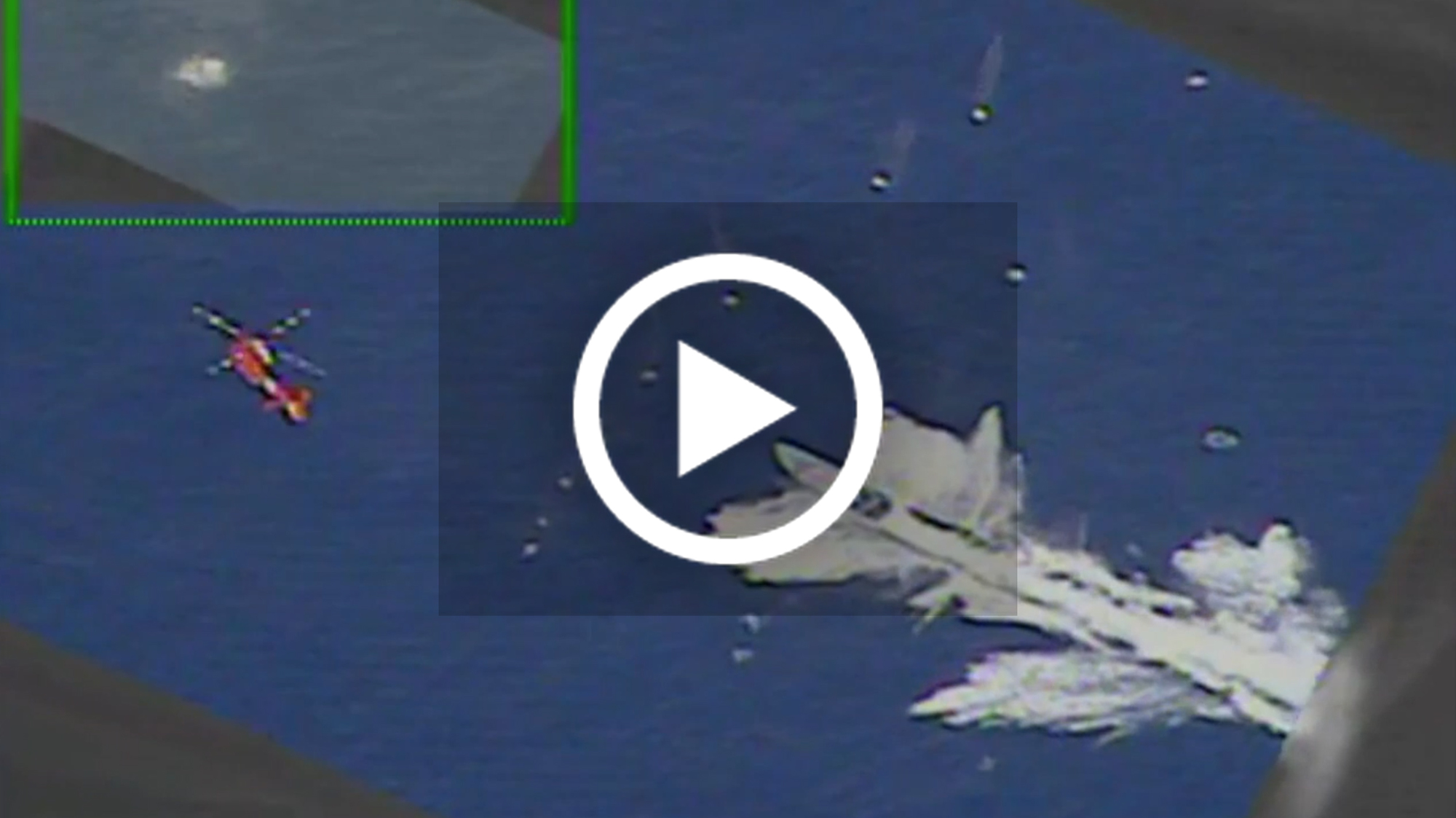Coast Guard Cutter Stratton returns home following 94-day counter-drug patrol; 6,000 pounds of cocaine worth $113M seized
U.S. Coast Guard sent this bulletin at 06/29/2020 06:43 PM EDT
| News Release |
June 29, 2020 |
Coast Guard Cutter Stratton returns home following 94-day counter-drug patrol; 6,000 pounds of cocaine worth $113M seized
 |
 |
 |
 |
 |
 |
Editors' Note: Click on images to download high resolution version.
ALAMEDA, Calif. — The Coast Guard Cutter Stratton (WMSL 752) returned to Coast Guard Island Monday after a 94-day counter-drug patrol in the Eastern Pacific Ocean.
Stratton's deployment began in late March as part of U.S. Southern Command's enhanced counter-narcotics operations in the Western Hemisphere to disrupt the flow of drugs in support of Presidential National Security Objectives.
Utilizing the Stratton's advanced capabilities, including a small unmanned aircraft system (sUAS), an attached Helicopter Interdiction Tactical Squadron (HITRON) MH-65 helicopter and aircrew, and an embarked Law Enforcement Detachment (LEDET) from the Pacific Tactical Law Enforcement Team (PAC TACLET), the crew detected and interdicted five suspected drug smuggling vessels, detained 14 suspected drug smugglers and seized over 6,000 pounds of cocaine worth an estimated $113 million.
On June 27, Stratton's crew offloaded 3,720 pounds of marijuana seized in known drug-transit zones in early June by Coast Guard and U.S. Navy assets. The contraband and five suspected drug smugglers were transferred to the Department of Justice officials in San Diego for prosecution.
"This deployment proved the resolve and capabilities of the U.S. Coast Guard and our interagency partners to keep pressure on transnational criminal networks, despite the challenges posed by operating during a global pandemic," said Capt. Bob Little, Stratton's commanding officer. "Our interoperability with the U.S. Navy allowed us to refuel and replenish at sea, avoiding the COVID-19 risks associated with port calls. I am particularly proud of Stratton crew and families, who endured significantly more stress and uncertainty while deployed during a pandemic. We are all looking forward to reuniting with our families, who have endured these difficult times without us."
To protect the public and service members and preserve operational readiness during the COVID-19 pandemic, the Coast Guard has implemented strict safety measures. All service members are required to follow enhanced sanitation and spacing procedures and wear proper personal protective equipment. Prior to deployment in theater, all Coast Guard cutters conduct a 14-day at-sea quarantine, during which the crew is medically evaluated.
"The professionalism and diligence of the crew of the Stratton allowed them to successfully execute their mission while remaining safe and heathy," said Vice Adm. Linda Fagan, commander of the Coast Guard's Pacific Area command. "The Coast Guard is committed to maintaining operational readiness and will continue to perform critical missions that protect our national interests, promote economic prosperity, and ensure public safety."
The fight against drug cartels in the Eastern Pacific Ocean requires unity of effort in all phases from detection, monitoring, and interdictions, to criminal prosecutions by international partners and U.S. Attorneys in districts across the nation.
Numerous U.S. agencies from the Departments of Defense, Justice, and Homeland Security cooperate in the effort to combat transnational organized crime. The Coast Guard, Navy, Customs and Border Protection, FBI, Drug Enforcement Administration, and Immigration and Customs Enforcement, along with allied and international partner agencies, play a role in counter-drug operations.
The law enforcement phase of counter-smuggling operations in the Eastern Pacific Ocean is conducted under the authority of the 11th Coast Guard District, headquartered in Alameda. The interdictions, including the actual boardings, are led and conducted by members of the U.S. Coast Guard.
-USCG-


